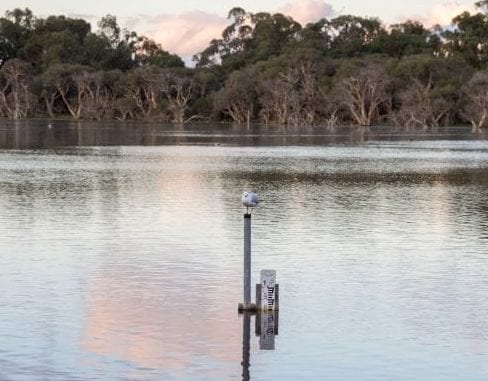[vc_single_image image=”6369″ img_size=”large” alignment=”center”]
PIANC’s WG 176 Expert Report is out – inspiring the navigation infrastructure community to embrace natural systems design.
PIANC’s Working Group 176 has recently published its expert “Guide for Applying Working with Nature to Navigation Infrastructure Projects.” It is available now for purchasing or free to members.
Ports, waterways and shoreline developments have traditionally relied on conventional infrastructure methods using dredging, steel, concrete or stone for armouring and shoreline protection. The PIANC Working with Nature (WwN) process offers a framework to design new infrastructure or rehabilitate existing infrastructure in a way that works more holistically with natural systems. This proactive approach serves to protect and even enhance ecosystem viability and resilience while minimising negative impacts to the environment.
The WG 176 Report describes the Working with Nature framework, outlining the six steps identified in the process, from establishing project needs and objectives, understanding the natural environment, and seeking stakeholder engagement through to project design, implementation and monitoring.
12 independent case studies
Importantly the Report provides 12 independent case studies that illustrate the variety of ways that Working with Nature can be, and has been, integrated into infrastructure projects. Examples include:
• Creation of wetlands and new habitat as part of large infrastructure projects
• Strategic dredged sediment in-water placement to create a variety of new in-water habitats
• Stabilisation and upland placement as fill to create land for port expansion
• In-river placement of sediment to promote the formation of islands that promote natural and targeted sediment accumulation, create new island habitats, and reduce sedimentation in the navigation channel by increasing river velocities
• Leveraging new infrastructure development (e.g. tunnel construction across a waterway) to develop new habitat and recreation areas, including wetlands, beaches and parks.
Each example reflects the cooperation among project owners, governmental organisations, nature-based NGOs and the public to promote sustainable alternatives that restore or create beneficial ecological habitat, improve dredge management alternatives, reduce energy consumption and improve stakeholder engagement.
Working with Nature is PIANC’s strategy for the future
Since 2008 the Working with Nature approach has represented an important element of PIANC’s future strategy, promoted both within and outside the organisation as a necessary way to contribute to truly sustainable development.
Notwithstanding the many challenges, PIANC is convinced that the rewards of Working with Nature will extend far beyond the natural environment into social and economic aspects.
Full WG 176 Report available here: Members are able to download all publications for free in the Members Only Section.
More information about the report is here:
